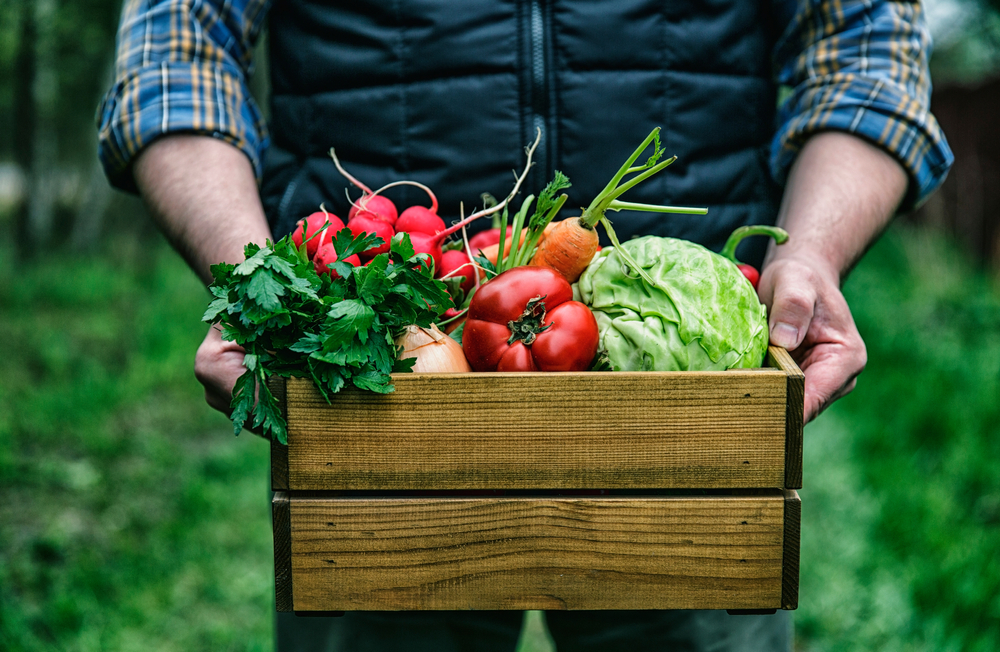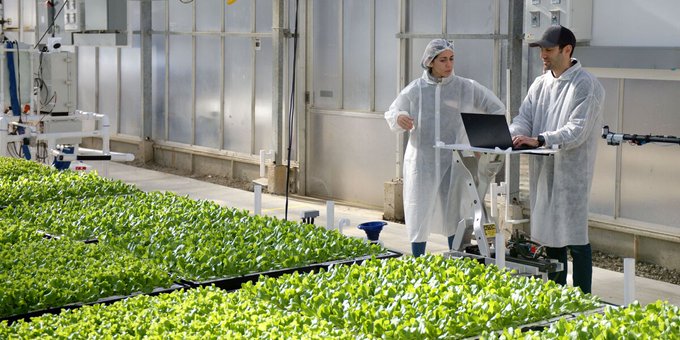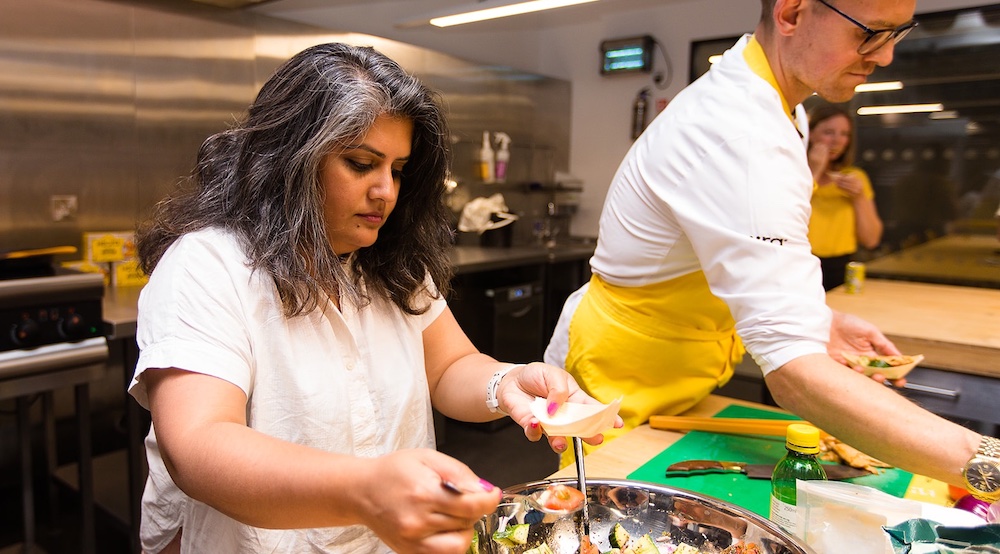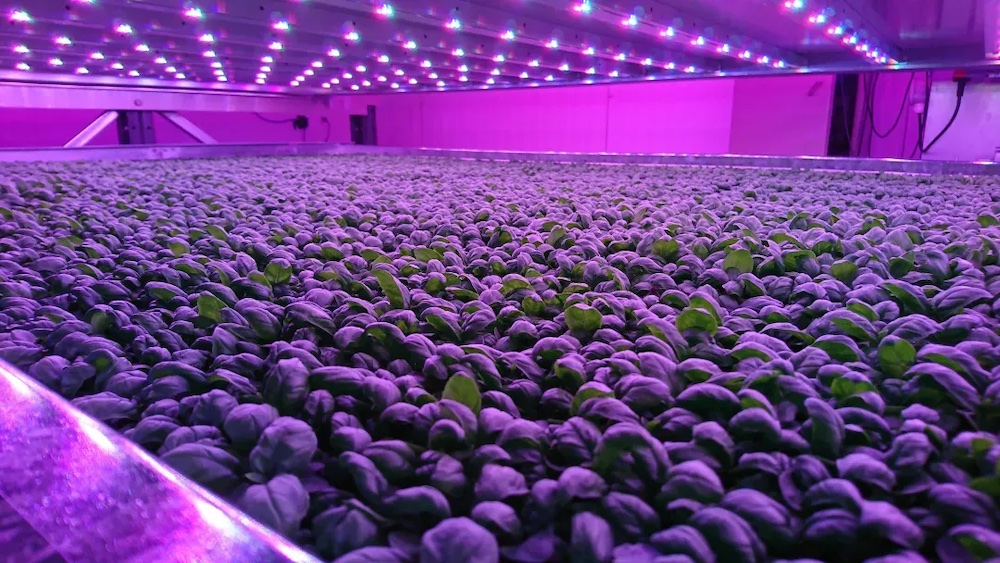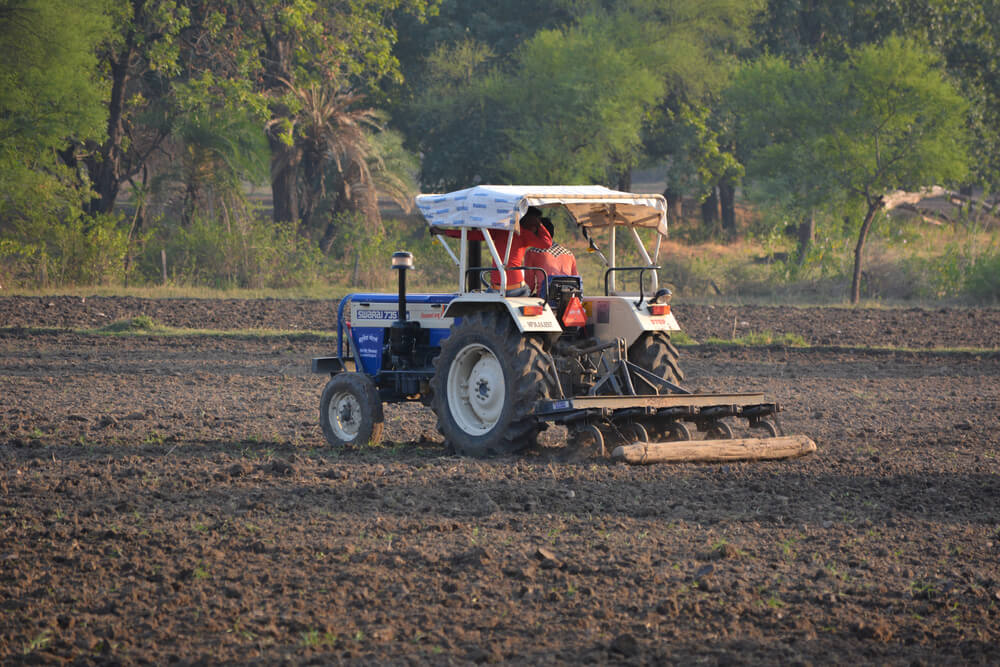“Where are we?” It’s the question I’m constantly asking myself about food waste reduction.
There are many viable food waste solutions, and many businesses and nonprofits are offering them. There’s uptake of solutions in some parts of the supply chain (retail) but seems to be less in others (at home).
But the “food waste” sector remains a mish-mash of different industries that are at varying lifecycle stages. Food rescue is, for the most part, established. Waste prevention has incumbents and new technologies.
Recycling, by contrast, is largely composed of established, centralized infrastructure; only a few disruptors are addressing the problem with distributed infrastructure at the source of waste or at least close to it.
Funding food waste solutions can be quite difficult. Venture capital generally makes up a majority of trackable private capital for food waste (except for last year, when private equity played the biggest role). For that reason, food waste growth rates have been directionally following US VC growth rates. It outperformed the broader food and land use sector.
What is affecting funding for food waste solutions? The decline in climate capital had a negative impact. So did the higher interest-rate environment and general private investor caution. These factors led to funders and businesses slowing investment, and – in a few cases – companies shutting down.
The consensus expectation is that valuations will come down with this new reality and ultimately stabilize.
There is an important opportunity for impact and philanthropic capital to support the sector in light of the difficult investment environment.
Focus on recycling
On a macro level, waste-related infrastructure gets a lot more attention from infrastructure and private equity funds, with larger platforms consolidating the fragmented sector. A perfect example of this is Vanguard Renewable’s build-out of anaerobic digesters throughout the US, now with Blackrock’s backing.
The benefits of scale, increased infrastructure dry powder, and the transition to renewables have driven capital into the waste sector through M&A and development capital. Continuing from 2022 was M&A activity related to sustainable infrastructure (including anaerobic digestion). While this slowed in 2023, it was still a meaningful portion of food waste funding.
Government funding supported sector building last year, with $44 million going to prevention and recycling projects from EPA’s $100 million grant program from the bipartisan infrastructure law. The USDA and USAID also have funds available for food waste projects.
Policy (e.g., waste bans and municipal programs for collection) has also made the environment more favorable for organics recycling.
Organic waste and methane reduction
The need for methane reduction is another reason why recycling solutions are being favored. There is growing acknowledgement that organic waste isn’t necessarily going away, and for the time being, one of the easier-to-implement solutions is diverting food waste from landfills.
Insect farms that use food waste as a feed source is one solution. ReFED published a deep dive into insect farming last year.
We also are watching the organics bin wars play out before us with offerings from Mill, Food Cycle Sciences, Lomi, and others. Both of these solutions provide some spice in a fairly stable industry.
Prevention funding
Funding waste prevention has largely focused on solutions for extending shelf life and in technologies that help retailers through forecasting, dynamic pricing, etc. Shelf-life has been focusing on naturally-derived interventions that don’t affect product quality or taste. Hazel Technologies raised a (down) funding round last year on this promise, increasing their runway.
Supply chain tech has always been appealing to investors (did someone say subscription revenue?). Software that can provide a clear return on investment for the most influential part of the food supply chain – retailers – has had the easiest path to adoption, which is reflected by funds raised. A cohort of established food waste organizations that are quickly scaling and have shown promise to investors.
“Sharing” operations – for a fee
A new development that speaks to the state of maturity of the food waste sector is the “sharing” of operations through a fee-based arrangement. The parallel here would be Amazon building out what would become their AWS business: in developing Amazon, the company became experts at developing websites and online infrastructure. The thinking goes, why not get paid for helping others do the same thing? It’s like licensing an internal capability that others could benefit from.
We’re seeing examples of this now in food waste. Misfits Market spent years building their logistics platform to get fresh food from point A to point B in boxes. It’s now offering this through their “Fulfilled by Misfits” service to help other businesses reduce food waste through logistics, inventory management, and finding the right destination or end market.
Loop has done a great job of upcycling waste from produce distributors and is offering that framework and know-how to other businesses, allowing businesses to make their own private-label products.
Upcycled Food Inc. and Full Harvest are also helping businesses adopt upcycling as a solution. They’ve already done the legwork to either develop processes for ingredient conversion or – in the case of Full Harvest – providing the marketplace for it, so they’re helping upcyclers avoid spending time finding the next source of waste on their own.
Philanthropic dollars
We hope to release more information as we get additional philanthropic data, but from what we can see so far, increasing bets are being made to fight food waste. Last fall’s $15 million transformational grant from Ballmer Group for ReFED’s system-building work was a landmark for food waste (and us!). This year we’ve seen MacKenzie Scott give a substantial grant ($15 million) to DC Central Kitchen for their work providing healthy food and employment opportunities.
Shelf-extension solution provider Ryp Labs’ Series A raise is a fascinating case study, as impact investors and philanthropists including King Philanthropies participated in the round as a way to decarbonize the supply chain.
We’re excited to see what 2024 holds even though it promises to be another murky year of funding. When rates will come down is anyone’s guess, and the euphoria of a substantial rate cut is probably gone (at least this looks to be the Wall Street consensus). Yet we’ve already seen some funding activity again, mostly for the established cohort. And we’re heartened that the funders we’ve been speaking to are indicating they’ll be funding more this year than last.
Alejandro Enamorado is capital and innovation manager at ReFED.





